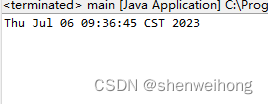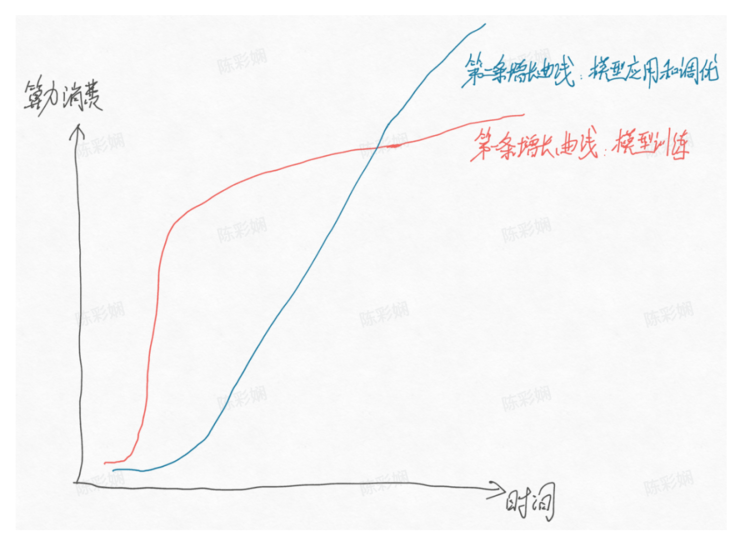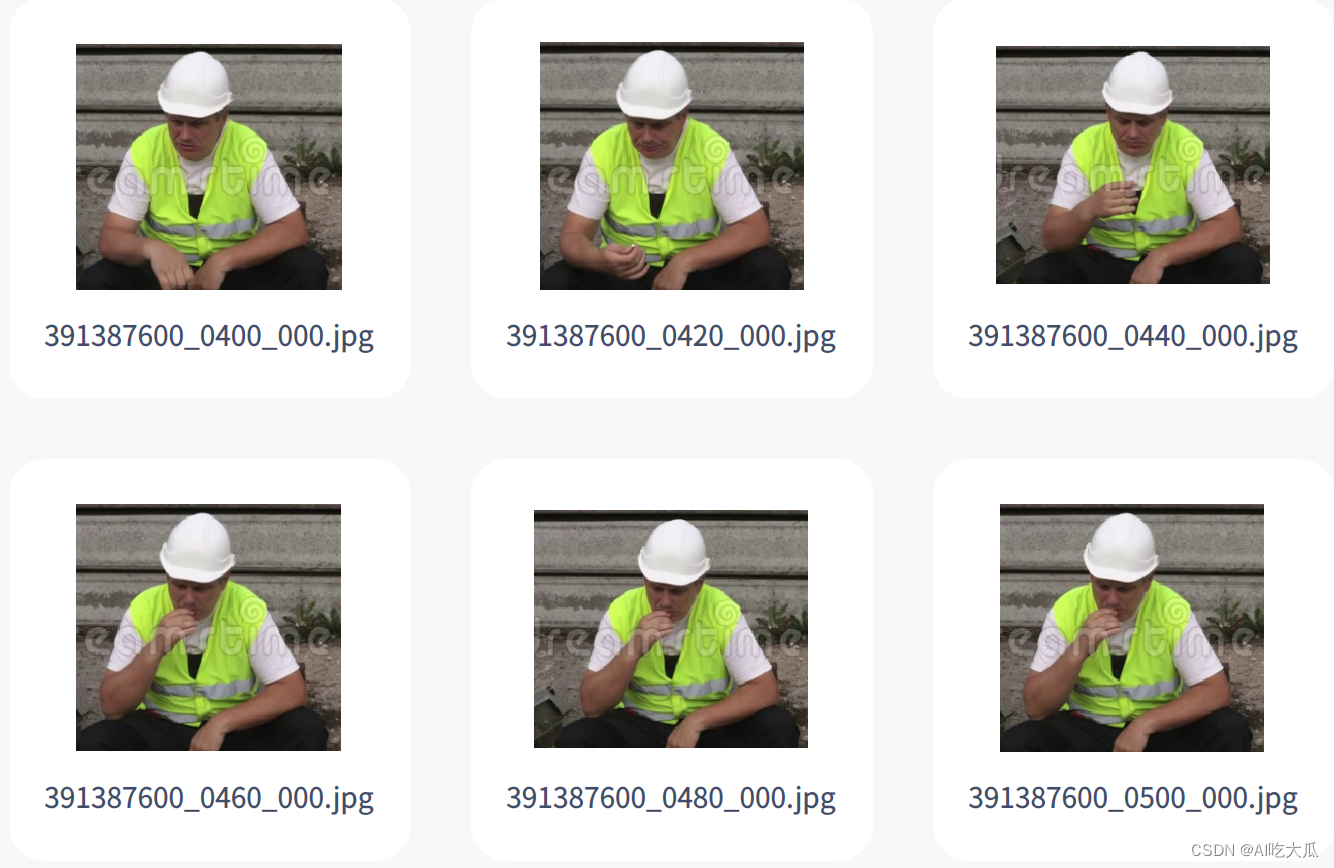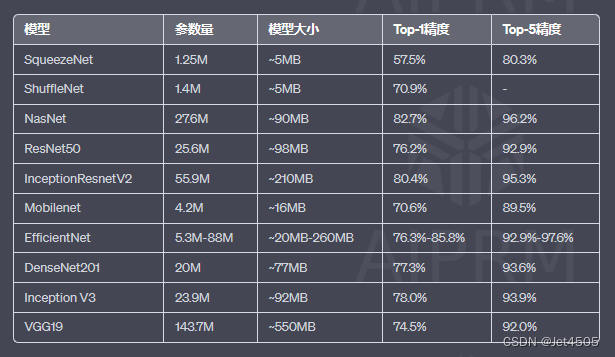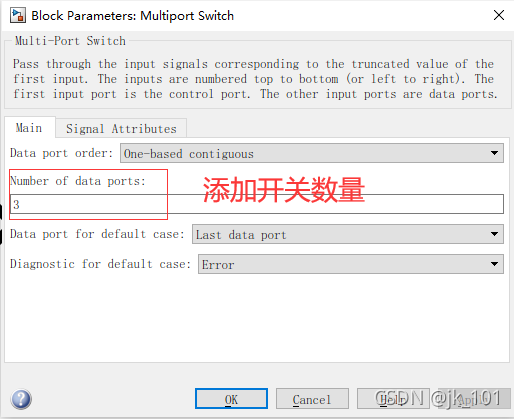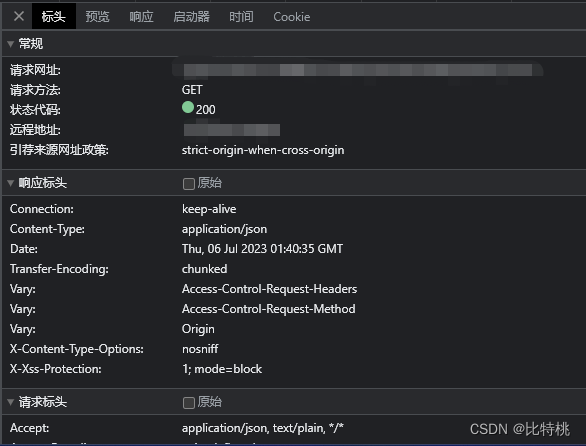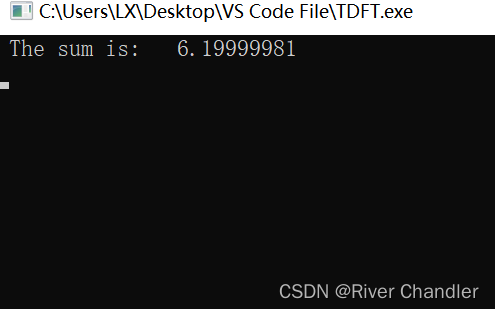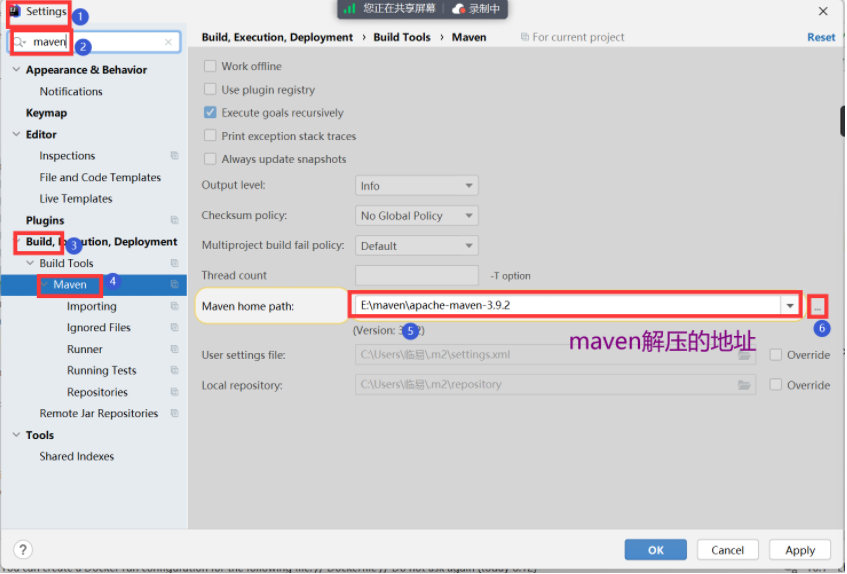- 点击跳转专栏=>Unity3D特效百例
- 点击跳转专栏=>案例项目实战源码
- 点击跳转专栏=>游戏脚本-辅助自动化
- 点击跳转专栏=>Android控件全解手册
- 点击跳转专栏=>Scratch编程案例
- 点击跳转=>软考全系列
- 点击跳转=>蓝桥系列
👉关于作者
专注于Android/Unity和各种游戏开发技巧,以及各种资源分享(网站、工具、素材、源码、游戏等)
有什么需要欢迎底部卡片私我,获取更多支持,交流让学习不再孤单。

👉实践过程
需要所有整理的文档可底部卡片联系我,直接发压缩包。
😜连号区间数
标题:连号区间数
小明这些天一直在思考这样一个奇怪而有趣的问题:
在1~N的某个全排列中有多少个连号区间呢?这里所说的连号区间的定义是:
如果区间[L, R] 里的所有元素(即此排列的第L个到第R个元素)递增排序后能得到一个长度为R-L+1的“连续”数列,
则称这个区间连号区间。
当N很小的时候,小明可以很快地算出答案,但是当N变大的时候,问题就不是那么简单了,现在小明需要你的帮助。
输入格式:
第一行是一个正整数N (1 <= N <= 50000), 表示全排列的规模。
第二行是N个不同的数字Pi(1 <= Pi <= N), 表示这N个数字的某一全排列。
输出格式:
输出一个整数,表示不同连号区间的数目。
示例:
用户输入:
4
3 2 4 1
程序应输出:
7
用户输入:
5
3 4 2 5 1
程序应输出:
9
解释:
第一个用例中,有7个连号区间分别是:[1,1], [1,2], [1,3], [1,4], [2,2], [3,3], [4,4]
第二个用例中,有9个连号区间分别是:[1,1], [1,2], [1,3], [1,4], [1,5], [2,2], [3,3], [4,4], [5,5]
//c++
#include <iostream>
using namespace std;
int n;
int arr[50000];
int ans;
int main(int argc, const char *argv[]) {
scanf("%d", &n);
for (int i = 0; i < n; ++i) {
scanf("%d", &arr[i]);
}
for (int j = 0; j <= n - 1; ++j) {
int min=arr[j];
int max = arr[j];
for (int i = j; i <= n - 1; ++i) {
if(arr[i]>max)
max=arr[i];
if(arr[i]<min)
min=arr[i];
if (i == j)
ans++;
else {
if(max-min+1==i-j+1)
ans++;//j-i形成连号区间
}
}
}
printf("%d\n",ans);
return 0;
}
//java
import java.util.Scanner;
public class _10连号区间数 {
public static void main(String[] args) {
Scanner sc = new Scanner(System.in);
int n = sc.nextInt();
int[] arr = new int[n+1];
for (int i = 1; i <=n ; i++) {
arr[i]=sc.nextInt();
}
int ans=0;
for (int i = 1; i <=n ; i++) {
int max=arr[i];
int min=arr[i];
for (int j = i; j <=n ; j++) {//]的位置
if (arr[j]>max)max=arr[j];
if (arr[j]<min)min=arr[j];
if (i==j){
// System.out.printf("[%d,%d]\n",i,j);
ans++;
}
else{//i<j,怎么判断[i,j]是连号区间呢?
if (max-min==j-i){
// System.out.printf("[%d,%d]\n",i,j);
ans++;
}
}
}
}
System.out.println(ans);
}
}
😜剪格子
标题:剪格子

如图所示,3 x 3 的格子中填写了一些整数。
我们沿着图中的红色线剪开,得到两个部分,每个部分的数字和都是60。
本题的要求就是请你编程判定:对给定的m x n 的格子中的整数,是否可以分割为两个部分,使得这两个区域的数字和相等。
如果存在多种解答,请输出包含左上角格子的那个区域包含的格子的最小数目。
如果无法分割,则输出 0
程序输入输出格式要求:
程序先读入两个整数 m n 用空格分割 (m,n<10)
表示表格的宽度和高度
接下来是n行,每行m个正整数,用空格分开。每个整数不大于10000
程序输出:在所有解中,包含左上角的分割区可能包含的最小的格子数目。
例如:
用户输入:
3 3
10 1 52
20 30 1
1 2 3
则程序输出:
3
再例如:
用户输入:
4 3
1 1 1 1
1 30 80 2
1 1 1 100
则程序输出:
10
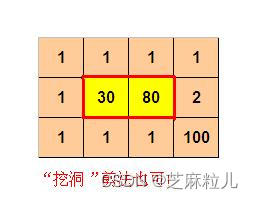
#include <iostream>
#include <algorithm>
#include <queue>
#include <set>
#define mk(i,j) make_pair(i,j)
using namespace std;
int m, n;
int total;
int g[10][10];
int ans;
/*抽象了一种剪辑方法*/
class Cut {
public:
set<pair<int, int> > grids;//包含若干格子
int sum;//所有格子的数值的求和
};
/**
* 将st中的元素拷贝到新set中
* @param st
* @return
*/
set<pair<int, int> > copySet(set<pair<int, int> > &st) {
set<pair<int, int> >::iterator iter = st.begin();
set<pair<int, int> > ans;
while (iter != st.end()) {
// 重新mkpair,加入新set中
ans.insert(*iter);
iter++;
}
return ans;
}
void add(int sum, int i, int j, set<pair<int, int> > &grids, Cut *&cut_new) {
const pair<int, int> &pair_n = make_pair(i , j);
// 深度拷贝set
set<pair<int, int> > grids_copy=copySet(grids);
grids_copy.insert(pair_n);
cut_new->grids=grids_copy;
cut_new->sum=sum+g[i][j];
}
vector<Cut *> vs[100];//分别存储格子数为1~100的各种剪法
int main(int argc, const char *argv[]) {
scanf("%d %d", &m, &n);
for (int i = 0; i < n; ++i) {
for (int j = 0; j < m; ++j) {
scanf("%d", &g[i][j]);
total += g[i][j];
}
}
// 第一个格子就是一半
if (g[0][0] == total / 2) {
printf("%d\n", 1);
return 0;
}
/*左上角格子,只有一种剪法,加入v[1]*/
Cut *c = new Cut();
const pair<int, int> p = make_pair(0, 0);
c->grids.insert(p);
c->sum = g[0][0];
vs[1].push_back(c);//只包含一个格子且包含00的只有一种剪法
for (int i = 2; i <= m * n; ++i) {
// i是格子数,用vs[i-1]里面的来生成
//迭代vs[i-1]里面的所有剪法
for (int j = 0; j < vs[i - 1].size(); ++j) {
// pCut代表一种剪辑方法
Cut *pCut = vs[i - 1][j];
// 这种剪辑方法里面记录了所有格子,这些格子每个都扩展一个,即形成个数+1的剪法
set<pair<int, int> > &grids = pCut->grids;
int sum = pCut->sum;
set<pair<int, int> >::iterator iter = grids.begin();
// 迭代所有的格子,尝试添加它的邻居
while (iter != grids.end()) {
const pair<int, int> &p = *iter;//代表一个格子的坐标
int x=p.first;
int y=p.second;
if(x+1<n&&grids.find(mk(x+1,y))==grids.end()){//下方,能走通且下方格子不在当前集合中
Cut *cut_new=new Cut();//生成一个新的剪法
add(sum, x+1, y, grids, cut_new);//将原有的格子全部拷入,再增加当前试探的新的格子
if(cut_new->sum==total/2){
printf("%d\n", i);
return 0;
}else if(cut_new->sum<total/2)
vs[i].push_back(cut_new);
}
if(x-1>=0&&grids.find(mk(x-1,y))==grids.end()){//上方
Cut *cut_new=new Cut();
add(sum, x-1, y, grids, cut_new);
if(cut_new->sum==total/2){
printf("%d\n", i);
return 0;
}else if(cut_new->sum<total/2)
vs[i].push_back(cut_new);
}
if(y+1<m&&grids.find(mk(x,y+1))==grids.end()){//右方
Cut *cut_new=new Cut();
add(sum, x, y+1, grids, cut_new);
if(cut_new->sum==total/2){
printf("%d\n", i);
return 0;
} else if(cut_new->sum<total/2)
vs[i].push_back(cut_new);
}
if(y-1>=0&&grids.find(mk(x,y-1))==grids.end()){//左方
Cut *cut_new=new Cut();
add(sum, x, y-1, grids, cut_new);
if(cut_new->sum==total/2){
printf("%d\n", i);
return 0;
}else if(cut_new->sum<total/2)
vs[i].push_back(cut_new);
}
iter++;
}
}
}
printf("%d\n", 0);
return 0;
}
😜买不到的数目
标题:买不到的数目
小明开了一家糖果店。他别出心裁:把水果糖包成4颗一包和7颗一包的两种。糖果不能拆包卖。
小朋友来买糖的时候,他就用这两种包装来组合。当然有些糖果数目是无法组合出来的,比如要买 10 颗糖。
你可以用计算机测试一下,在这种包装情况下,最大不能买到的数量是17。大于17的任何数字都可以用4和7组合出来。
本题的要求就是在已知两个包装的数量时,求最大不能组合出的数字。
输入:
两个正整数,表示每种包装中糖的颗数(都不多于1000)
要求输出:
一个正整数,表示最大不能买到的糖数
不需要考虑无解的情况
例如:
用户输入:
4 7
程序应该输出:
17
再例如:
用户输入:
3 5
程序应该输出:
7
#include <iostream>
#include <set>
using namespace std;
int main(int argc, const char *argv[]) {
int a, b;
scanf("%d %d", &a, &b);
set<int> ss;
// 枚举a*x+b*y的值,上边界是a*b
for (int x = 0; a * x <= a * b; ++x) {
for (int y = 0; a * x + b * y <= a * b; ++y) {
ss.insert(ss.end(), a * x + b * y);
}
}
for (int i = a * b; i >= 0; --i) {
if (ss.find(i) == ss.end())//i不在set中,那么i就是答案
{
printf("%d\n", i);
break;
}
}
return 0;
}
😜翻硬币
题目标题:翻硬币
小明正在玩一个“翻硬币”的游戏。
桌上放着排成一排的若干硬币。我们用 * 表示正面,用 o 表示反面(是小写字母,不是零)。
比如,可能情形是:oooooo
如果同时翻转左边的两个硬币,则变为:oooo**oooo
现在小明的问题是:如果已知了初始状态和要达到的目标状态,每次只能同时翻转相邻的两个硬币,那么对特定的局面,
最少要翻动多少次呢?
我们约定:把翻动相邻的两个硬币叫做一步操作,那么要求:
程序输入:
两行等长的字符串,分别表示初始状态和要达到的目标状态。每行的长度<1000
程序输出:
一个整数,表示最小操作步数
例如:
用户输入:
oo
程序应该输出:
5
再例如:
用户输入:
ooo***
ooo***
程序应该输出:
1
//c++
#include <iostream>
#include <queue>
#include <set>
using namespace std;
typedef struct stateAndLevel {
string str;
int level;
} stateAndLevel;
queue<stateAndLevel> queue1;
set<string> set1;
int n;
int main(int argc, const char *argv[]) {
string src;
string target;
getline(cin, src);
getline(cin, target);
n = src.length();
stateAndLevel first = {src, 0};
queue1.push(first);//队列的第一个元素就是原串
while (!queue1.empty()) {
//获取并弹出队列首部
stateAndLevel &front = queue1.front();
queue1.pop();
string basicString = front.str;
// 如果队首元素和目标一致,可以终止程序
if (basicString.compare(target) == 0) {
cout << front.level << endl;//输出层次,也就是变化多少次到达了这个状态
return 0;
}
// 把已经处理过的字符串加入set中备查,避免往回翻的状态重复加入
set1.insert(basicString);
// 模拟,依次翻转后加入队列中
for (int i = 0; i < n - 1; ++i) {
string buff;
buff.insert(0, basicString);
// 拷贝之后,翻转i和i+1两个位置的字符
if (buff[i] == '*')
buff[i] = 'o';
else
buff[i] = '*';
if (buff[i + 1] == 'o')
buff[i + 1] = '*';
else
buff[i + 1] = 'o';
// string s(buff);//字符数组转字符串
if (set1.find(buff) == set1.end()) {
stateAndLevel obj = {buff, front.level + 1};
queue1.push(obj);
}
}
// cout << queue1.size() << endl;
}
// cout << src << "\n" << target << endl;
return 0;
}
//c++
#include <iostream>
#include <queue>
#include <set>
using namespace std;
int main(int argc, const char *argv[]) {
string src;
string target;
getline(cin, src);
getline(cin, target);
int n = src.length();
int ans=0;
int start=-1;
for (int i = 0; i < n; ++i) {
if(src[i]!=target[i]){
if(start==-1)//还没标记第一个位置
{
start=i;
}else//第一个位置已经标记,现在已经找到了第二个位置
{
ans+=(i-start);
start=-1;
}
}
}
cout<<ans<<endl;
return 0;
}
👉其他
📢作者:小空和小芝中的小空
📢转载说明-务必注明来源:https://zhima.blog.csdn.net/
📢这位道友请留步☁️,我观你气度不凡,谈吐间隐隐有王者霸气💚,日后定有一番大作为📝!!!旁边有点赞👍收藏🌟今日传你,点了吧,未来你成功☀️,我分文不取,若不成功⚡️,也好回来找我。
温馨提示:点击下方卡片获取更多意想不到的资源。

